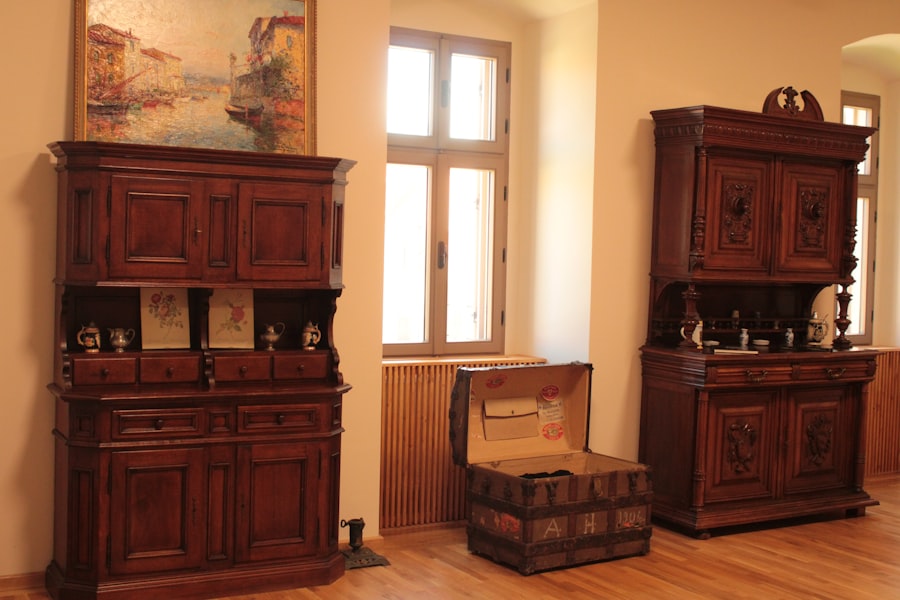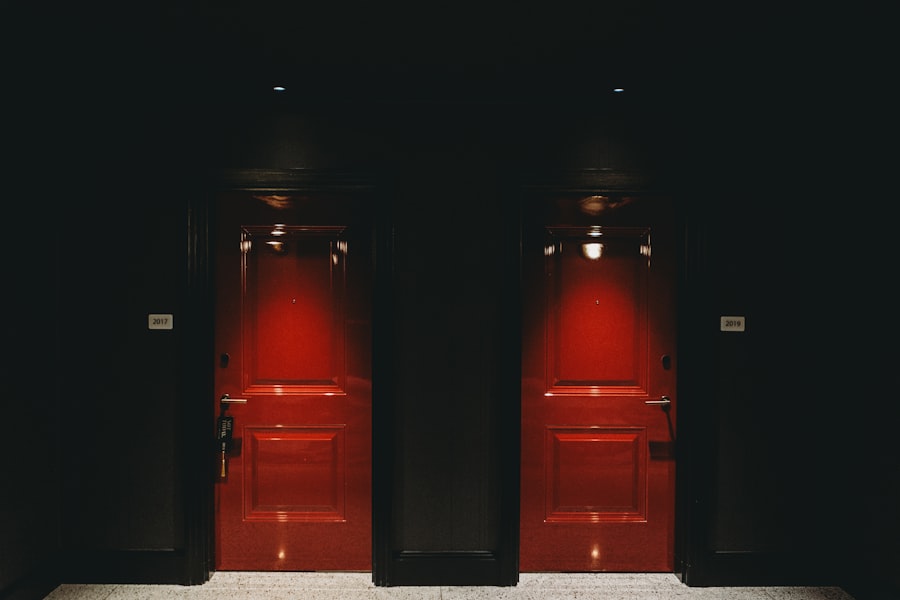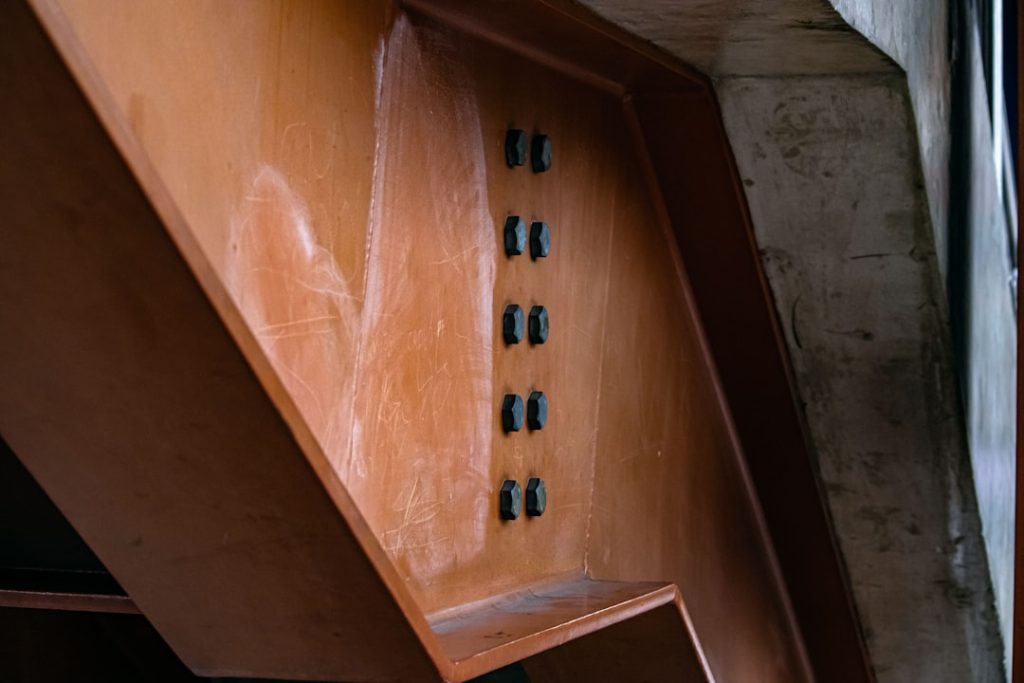The installation of custom cabinets is a significant investment that can dramatically enhance the functionality and aesthetics of a space. Unlike stock cabinets, which are mass-produced and available in standard sizes, custom cabinets are tailored to meet specific dimensions, styles, and preferences. This bespoke nature often leads to higher costs, but it also ensures that the cabinets fit perfectly within the designated area, maximizing storage and usability.
The price of custom cabinet installation can vary widely based on several factors, including materials, design complexity, and labor costs. Typically, homeowners can expect to pay anywhere from $500 to $1,500 per linear foot for custom cabinetry. This price range reflects not only the materials used but also the craftsmanship involved in creating unique designs.
For instance, high-end woods like cherry or walnut will significantly increase costs compared to more common materials like plywood or MDF. Additionally, intricate designs that require advanced joinery techniques or specialized finishes will further elevate the overall price. Understanding these costs is crucial for homeowners who wish to make informed decisions about their cabinetry projects.
Key Takeaways
- Custom cabinet installation costs vary based on materials, design complexity, and labor.
- Material choice significantly impacts both cost and durability of custom cabinets.
- Professional installation ensures quality and can prevent costly mistakes.
- DIY installation may save money but requires skill and time, with potential risks.
- Proper maintenance extends the lifespan and appearance of custom cabinets.
Factors Affecting Custom Cabinet Installation Costs
Several key factors influence the overall cost of custom cabinet installation. One of the most significant is the choice of materials. Solid wood cabinets tend to be more expensive than those made from engineered materials due to their durability and aesthetic appeal.
Furthermore, the type of finish applied—whether it be paint, stain, or a natural finish—can also impact costs. Specialty finishes that require additional labor or materials will add to the overall expense. Another critical factor is the complexity of the design.
Custom cabinets can range from simple, straightforward designs to elaborate configurations with intricate details such as crown molding, glass doors, or built-in lighting. The more complex the design, the more time and skill are required for installation, which can lead to higher labor costs. Additionally, the layout of the space plays a role; for example, kitchens with unusual shapes or features may require more custom work than a standard rectangular layout.
Homeowners should consider these factors carefully when budgeting for their custom cabinet projects.
Choosing the Right Materials for Custom Cabinets

Selecting the appropriate materials for custom cabinets is essential not only for aesthetics but also for durability and functionality. Solid wood is often considered the gold standard for cabinetry due to its strength and timeless appeal. Popular choices include oak, maple, cherry, and walnut, each offering unique grain patterns and colors that can enhance a room’s decor.
However, solid wood can be quite expensive and may require more maintenance over time. Engineered materials such as plywood and MDF (medium-density fiberboard) are also popular choices for custom cabinets. Plywood is made from layers of wood veneer glued together, providing strength and resistance to warping.
It is often used in cabinet boxes and shelves due to its stability. MDF, on the other hand, is made from wood fibers and resin, resulting in a smooth surface ideal for painting. While these materials may be more affordable than solid wood, they may not offer the same level of durability or aesthetic appeal.
Homeowners should weigh their options carefully based on their budget, desired look, and how much wear and tear the cabinets will experience.
Custom Cabinet Design and Layout Considerations
| Metric | Description | Typical Range/Value | Importance |
|---|---|---|---|
| Cabinet Depth | Distance from front to back of the cabinet | 12″ to 24″ | High |
| Cabinet Height | Vertical measurement of the cabinet | 30″ to 42″ (base cabinets), 12″ to 42″ (wall cabinets) | High |
| Material Thickness | Thickness of cabinet panels and doors | 3/4″ to 1″ | Medium |
| Door Overlay | Amount door covers the cabinet frame | Full overlay, partial overlay, inset | Medium |
| Storage Capacity | Volume available inside cabinets | Varies by design, typically 10-20 cubic feet per cabinet | High |
| Clearance Space | Space required for door/drawer operation | 18″ to 36″ clearance in front | High |
| Hardware Type | Handles, knobs, hinges used | Soft-close hinges, metal handles | Medium |
| Finish Type | Surface treatment of cabinets | Paint, stain, laminate, veneer | Medium |
| Layout Style | Arrangement of cabinets in space | L-shape, U-shape, galley, island | High |
| Lighting Integration | Built-in lighting options | Under-cabinet LED, interior cabinet lights | Low to Medium |
When designing custom cabinets, several layout considerations must be taken into account to ensure optimal functionality and flow within a space. The kitchen triangle concept—where the sink, stove, and refrigerator are positioned in a triangular layout—remains a fundamental principle in kitchen design. This arrangement allows for efficient movement between these key areas, minimizing unnecessary steps during meal preparation.
In addition to the kitchen triangle, homeowners should consider their specific storage needs when designing custom cabinets. For instance, incorporating pull-out shelves or lazy Susans can maximize corner spaces that are often underutilized. Vertical dividers can be added for storing baking sheets or cutting boards, while deep drawers can accommodate pots and pans.
The height of cabinets should also be considered; taller cabinets can provide additional storage but may require a step stool for access. By thoughtfully planning the design and layout of custom cabinets, homeowners can create a space that is both functional and visually appealing.
Hiring a Professional for Custom Cabinet Installation
Engaging a professional for custom cabinet installation can significantly impact the quality and efficiency of the project. Experienced installers possess the skills necessary to handle complex designs and ensure that cabinets are properly aligned and secured. They are familiar with local building codes and regulations, which can help avoid potential issues during installation.
Moreover, hiring a professional can save homeowners time and stress. The installation process can be labor-intensive and requires precision; even minor miscalculations can lead to costly mistakes. Professionals have access to specialized tools and equipment that may not be readily available to DIY enthusiasts.
Additionally, many reputable installers offer warranties on their work, providing peace of mind that any issues arising post-installation will be addressed promptly. Ultimately, while hiring a professional may increase upfront costs, it can lead to a more successful outcome in terms of both aesthetics and functionality.
DIY Custom Cabinet Installation: Pros and Cons

For those with a knack for woodworking or home improvement projects, DIY custom cabinet installation can be an appealing option. One of the primary advantages of taking on this task yourself is cost savings; by eliminating labor costs associated with hiring professionals, homeowners can allocate more of their budget toward high-quality materials or additional features. However, DIY installation comes with its own set of challenges.
The complexity of custom cabinetry requires a certain level of skill and experience; without proper knowledge of woodworking techniques and tools, even seasoned DIYers may encounter difficulties during installation. Additionally, mistakes made during the process can lead to costly repairs or replacements down the line. Time is another consideration; DIY projects often take longer than anticipated due to unforeseen complications or learning curves associated with new techniques.
Custom Cabinet Maintenance and Longevity
Maintaining custom cabinets is essential for ensuring their longevity and preserving their appearance over time. Regular cleaning is crucial; using a soft cloth and mild soap solution can help remove dirt and grease without damaging finishes. Avoiding harsh chemicals or abrasive cleaners is important as they can strip away protective coatings or scratch surfaces.
In addition to cleaning, periodic inspections are necessary to identify any signs of wear or damage early on. Checking for loose hinges or drawer slides can prevent further issues down the line. For wooden cabinets, applying a fresh coat of finish every few years can help protect against moisture damage and fading from sunlight exposure.
By implementing these maintenance practices, homeowners can extend the life of their custom cabinets while keeping them looking their best.
Budgeting for Custom Cabinet Installation
Creating a budget for custom cabinet installation involves careful planning and consideration of various factors that contribute to overall costs. Homeowners should start by determining their desired style and functionality requirements, as these will heavily influence material choices and design complexity. It’s advisable to set aside 10-20% of the total budget as a contingency fund to cover unexpected expenses that may arise during installation.
Additionally, obtaining multiple quotes from different contractors can provide insight into market rates and help identify potential savings opportunities. Homeowners should also consider whether financing options are available if upfront costs exceed their budget constraints. By taking a comprehensive approach to budgeting—factoring in materials, labor, design elements, and maintenance—homeowners can ensure they make informed decisions that align with their financial goals while achieving their vision for custom cabinetry in their home.



